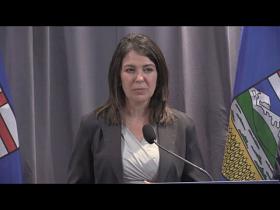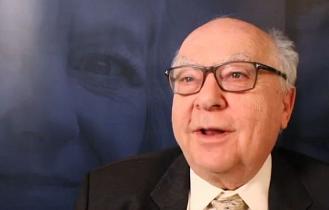Opinion: Disability rights are human rights
With the passing of the Accessible Canada Act: An Act to Ensure a Barrier-free Canada, into law last month, the full breadth of human rights is finally being recognized. One of the most important pieces of human rights legislation in decades, it enshrines the rights of millions of Canadians with disabilities.
Until now, the rights of people with disabilities have been mostly disregarded. And not only by mainstream media, but by policy makers, governments and frankly by the broader human rights community. This despite all the evidence: statistical data, years of documented human rights complaints at alarmingly high rates, decades of reports and studies from disability organizations. It is unfortunate that even the passing of this historic legislation received very little attention outside of the disability and human rights community.
It is historic not only for its focus on disability rights — it is to remove barriers to accessibility in areas under federal jurisdiction, including banks — but also for its recognition of the intersectional nature of discrimination.
While the Canadian Charter of Rights and Freedoms and the Canadian Human Rights Act respond to complaints made on multiple grounds, for example, race and gender, this is the first piece of legislation that enshrines intersectionality as a principle, stating that “Laws, policies, programs, services and structures must take into account disability and the multiple and intersectional forms of discrimination faced by persons with disabilities.” In doing so, the act responds thoughtfully to the fact that specific marginalization(s) such as gender, sexual orientation, or race create additional barriers for some Canadians with disabilities more than others.
Having worked in the area of feminist disability rights, I know only too well that women and girls with disabilities experience discrimination, violence and extreme poverty at higher rates than any other Canadians. It is important that the legislation recognizes this explicitly as we develop standards.
The fact is that disability is something that every Canadian may experience at some point in their lives, regardless of any other factor, and it goes beyond gender, race, class, sexual orientation or geography. In fact, according to Statistics Canada 24 per cent of all women and 21 per cent of all men in Canada already live with a disability. This legislation is very likely to have an impact on the lives of all Canadians.
The recognition of American Sign Language (ASL), Langue des Signes Québécoise (LSQ), and Indigenous sign language(s) in this legislation is another important step toward equality. But it is much less clear whether there will be separate and distinct legislation developed through First Nations organizations to ensure that the rights of First Nations people living with disabilities are specifically addressed. This is critical given that one in three Indigenous Canadians lives with a disability.
We also want to see either a taxation or budgetary funding mechanism providing accessibility accommodation resources for people with disabilities to ensure their full participation and realization of their rights.
Legislation need not be a stick. Rather, it provides an opportunity for organizations like DAWN Canada, and the disability community, the larger social justice and human rights communities, and the federal government to work together to make our commitment to advancing human rights meaningful for all Canadians.
The Accessibility Act in Canada is not a magic panacea, but its passing can hopefully be seen as a harbinger of meaningful change in attitudes and an important step in the removal of the many barriers — physical, systemic and especially attitudinal — that will lead to the full inclusion and participation of all Canadians, including those with disabilities.














